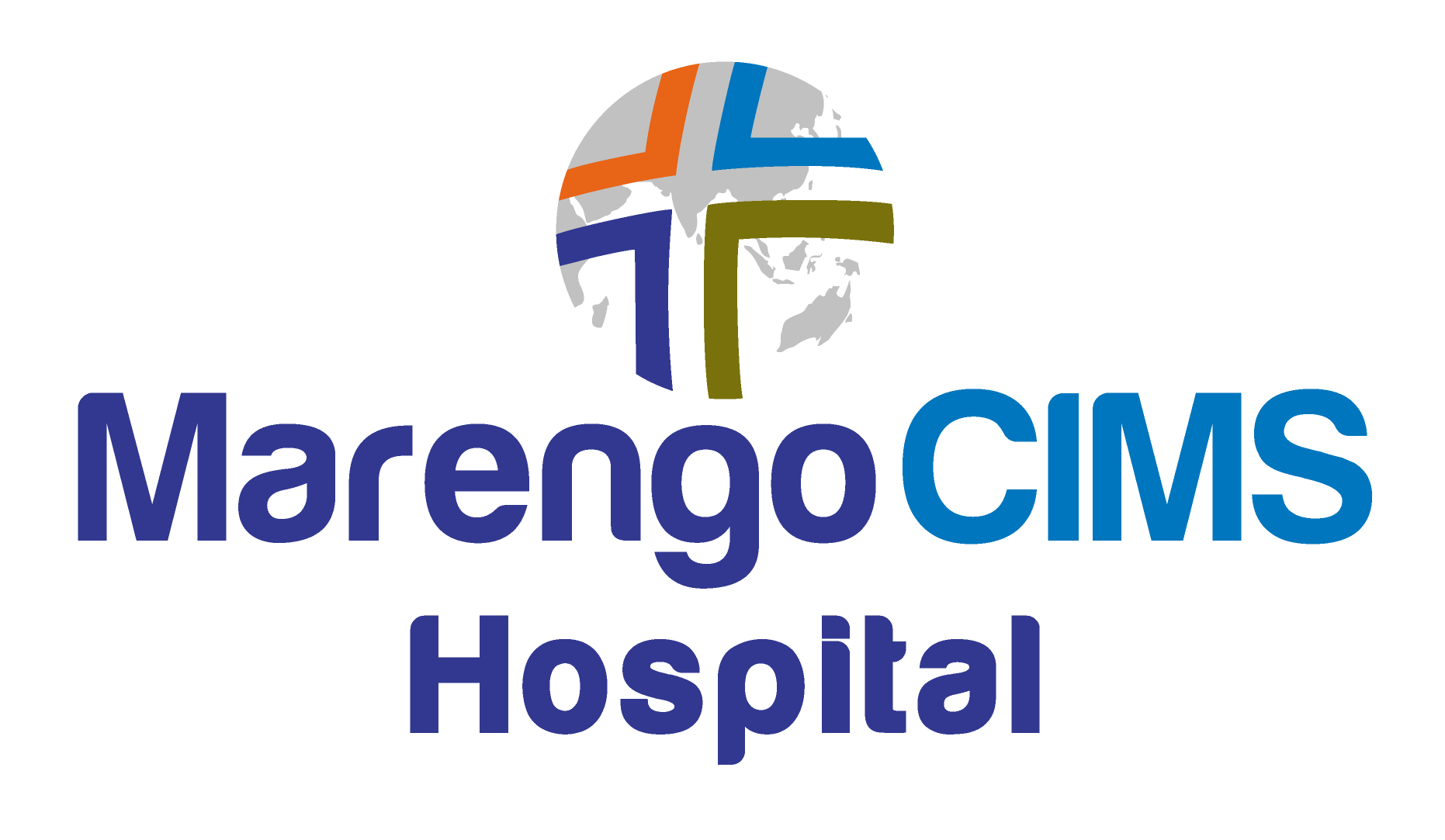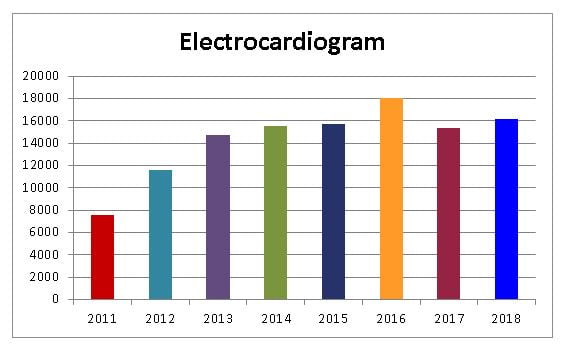Echocardiography
Echocardiography uses ultrasound pictures of your heart structures to detect small areas of infection, called vegetations, attached to the heart valves.A transesophageal echocardiogram (TEE) is a special echo picture taken through a small tube passed down your esophagus. This view gives the clearest pictures of the vegetations.
Blood samples will be tested for infection and to identify the bacteria causing it. The vegetations on the valves give off a shower of bacteria into the bloodstream. However, if you have taken antibiotics during the 2 weeks before the blood test, identification of the bacteria may be delayed or impossible.
How is it treated?
You will take antibiotics, first by vein and later by mouth. If the bacteria causing the endocarditis are identified and the right antibiotic is used, you will need 4 weeks of treatment. If the bacteria cannot be identified by blood tests, you must be treated for 6 weeks.
You can usually take the last weeks of antibiotic treatment at home.
How long do the effects last?
Successful treatment of the infection may not be enough to restore normal health. Your heart valves may have been damaged and they may not work normally. If the valves don’t work normally, your heart has to work harder and may become enlarged. You may not be able to exercise as much as you used to. Severe valve damage may result in congestive heart failure that requires valve replacement surgery.
If you have an artificial heart valve and get endocarditis, the infected valve must usually be replaced with a new one to be sure of a cure. If treatment for endocarditis is not successful, you run the risk of a stroke or damage to the kidneys.
Can it be prevented?
Tell your health care provider or dentist if you are at risk for endocarditis. If you are at risk for the disease, take antibiotics before you have dental work or before tests to look into your bladder or rectum. The use of antibiotics before the procedures can prevent infection.
Blood samples will be tested for infection and to identify the bacteria causing it. The vegetations on the valves give off a shower of bacteria into the bloodstream. However, if you have taken antibiotics during the 2 weeks before the blood test, identification of the bacteria may be delayed or impossible.
How is it treated?
You will take antibiotics, first by vein and later by mouth. If the bacteria causing the endocarditis are identified and the right antibiotic is used, you will need 4 weeks of treatment. If the bacteria cannot be identified by blood tests, you must be treated for 6 weeks.
You can usually take the last weeks of antibiotic treatment at home.
How long do the effects last?
Successful treatment of the infection may not be enough to restore normal health. Your heart valves may have been damaged and they may not work normally. If the valves don’t work normally, your heart has to work harder and may become enlarged. You may not be able to exercise as much as you used to. Severe valve damage may result in congestive heart failure that requires valve replacement surgery.
If you have an artificial heart valve and get endocarditis, the infected valve must usually be replaced with a new one to be sure of a cure. If treatment for endocarditis is not successful, you run the risk of a stroke or damage to the kidneys.
Can it be prevented?
Tell your health care provider or dentist if you are at risk for endocarditis. If you are at risk for the disease, take antibiotics before you have dental work or before tests to look into your bladder or rectum. The use of antibiotics before the procedures can prevent infection.


